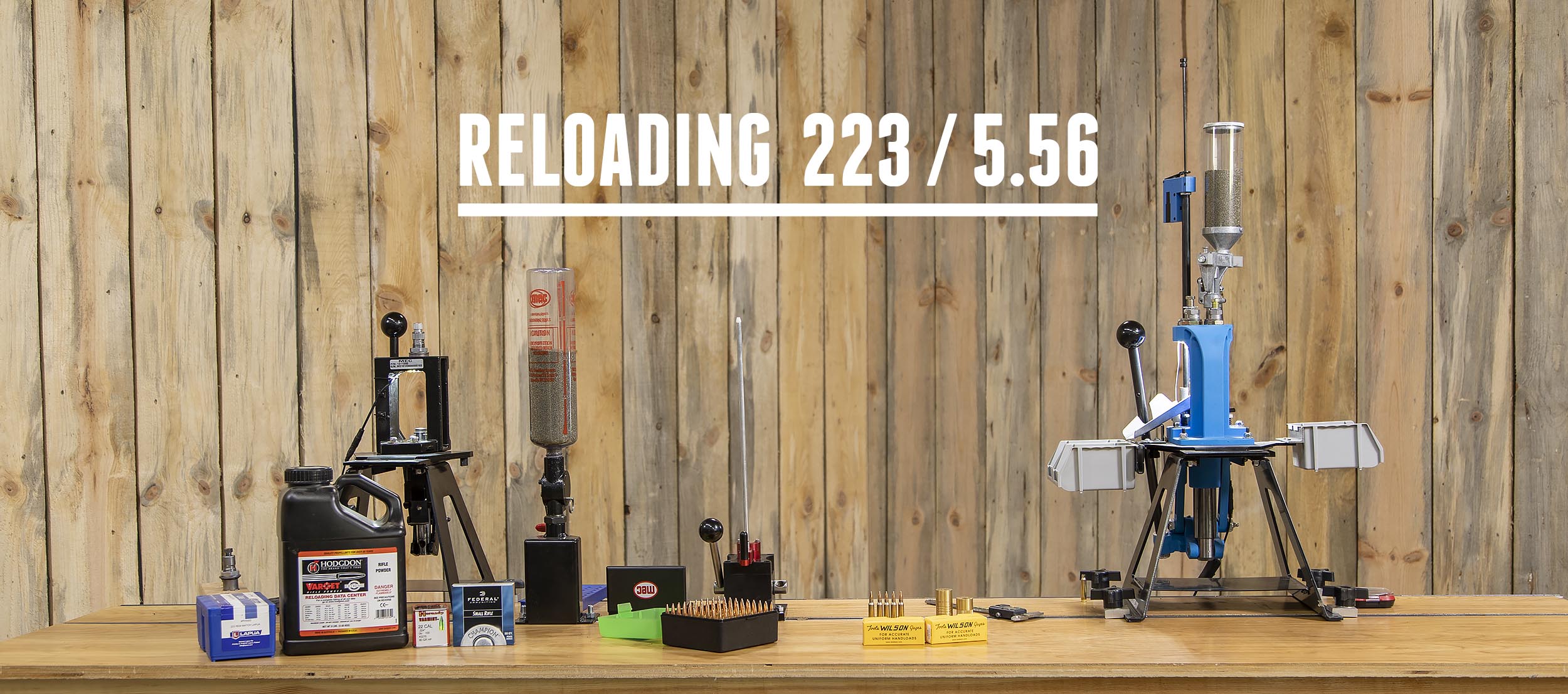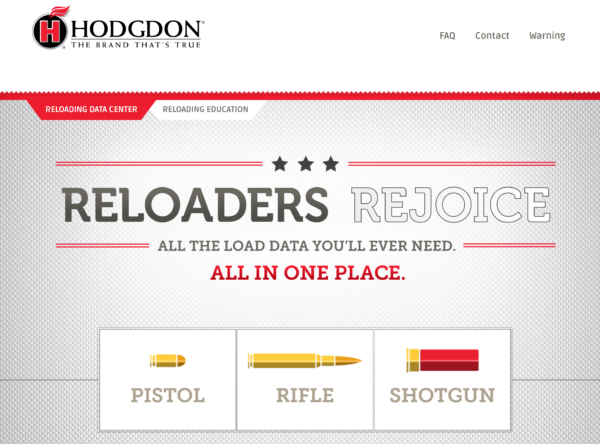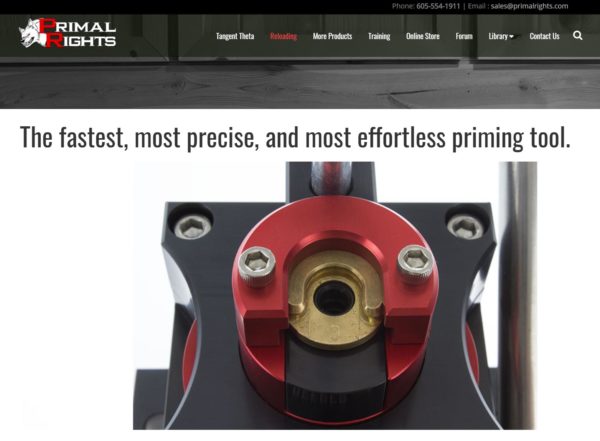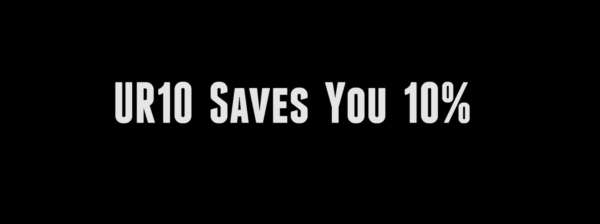223 Remington and 5.56 NATO rifles span a wide variety of uses and scenarios. Reloading for 223 / 5.56 is very much worthwhile, but there are some special considerations to think about before you head to your reloading bench. We’ll cover the entire process from planning to loading in this story!
223 -vs- 5.56 Ammunition Cliff’s Notes
Here’s an excerpt from my 223 -vs- 5.56 Deep-Dive:
There are some differences you’ll notice right off the bat between .223 Remington and 5.56 NATO Ammunition:
- On the case rim, you’ll notice “223” stamped on 223 Remington brass, where 5.56 NATO brass may only have a date, initials (Ex: FC) and one or more symbols
- On the case rim, you’ll notice that 5.56 military ammunition will have a crimp around the primer pocket (not the case for new 5.56 cases hand loaded in the civilian market)
Here’s a side by side comparison of the case rims for 223 Remington and 5.56 NATO: (click/tap to enlarge)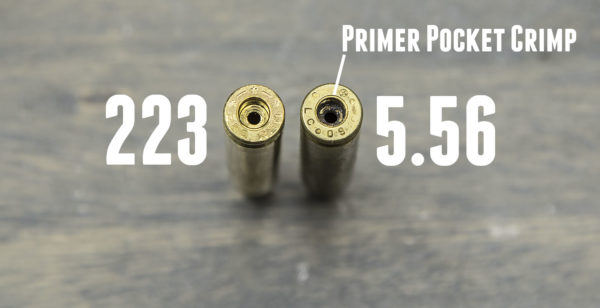
There may be other differences externally as well. 5.56 ammunition will have a cannelured and crimped bullet, where 223 Remington ammunition may or may not have a cannelure or crimp. Dimensionally, these cartridges are essentially identical on the exterior with the exception of some bullet profiles used for 5.56 NATO ammunition. Here are some similarities between .223 Remington and 5.56 NATO Ammunition:
- Same external case dimensions (shoulder transition may have different radius)
- Same cartridge overall length
- Same case trim-to length
- Both cartridges were designed/optimized for 55 grain bullets
- Both use small rifle size primers
Load Data for 223 / 5.56
223 Remington and 5.56 ammunition is almost identical in many cases, but there can be a slight difference between the two when it comes to load data.
Specifically, in the Hornady Handbook of Cartridge Reloading, there are three sections for relevant load data:
- 223 Remington
- 223 Remington for Service Rifle
- 5.56 NATO
When in doubt, double check your data!
One of the best sources for load data is Hodgdon’s online Reloading Data Center:
223 / 5.56 Loading Components
Cases
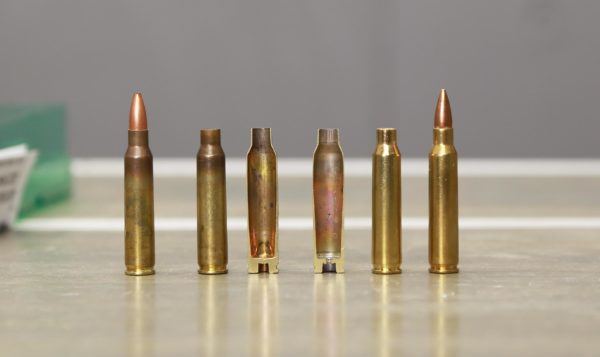
Cases are for the most part interchangeable between 223 and 5.56. I talked with one case manufacturer about the differences between their 223 and 5.56 cases: only an additional annealing for 5.56. Interesting. I have found weight and capacity to be basically the same between the two, contrary to what you will read online. If you are reloading once-fired military brass, be sure to check for crimped primer pockets, and swage or ream them after sizing!
Here’s what Midsouth Shooters Supply has to offer for 223 and 5.56 cases:
Bullets and Powders for 223 / 5.56
Here I’ve broken down bullet selections (and relevant powders that will work well) into three categories: light, mid-weight, and heavy:
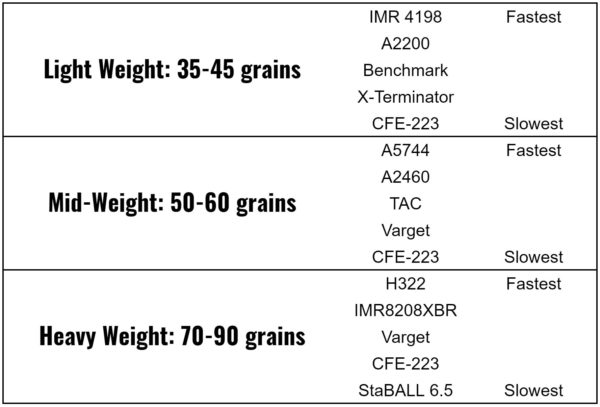
Within each bullet range, you can see a list of powders from fastest (top) to slowest (bottom) that will work well for these bullet weight ranges. Notice that CFE-223 is listed for all!
Here’s links to Midsouth Shooters Supply for these powders:
- Accurate 5744
- IMR 4198
- Hodgdon H322
- Hodgdon Benchmark
- Ramshot X-Terminator
- Accurate 2460
- IMR 8208XBR
- Ramshot TAC
- Hodgdon Varget
- Hodgdon CFE-223
- Winchester StaBALL 6.5
- Accurate 2200
And some bullets that work well for 223 and 5.56:
- 22 Caliber .224” bullets at Midsouth
- Favorite: Midsouth Varmint Nightmare 55 grain
- Favorite: Hornady 60 grain Hollow Point Boat Tail Varmint .224”
- Favorite: Nosler 70 grain RDF 0.224”
- Favorite: Berger 80.5 grain .224”
Tools and Supplies
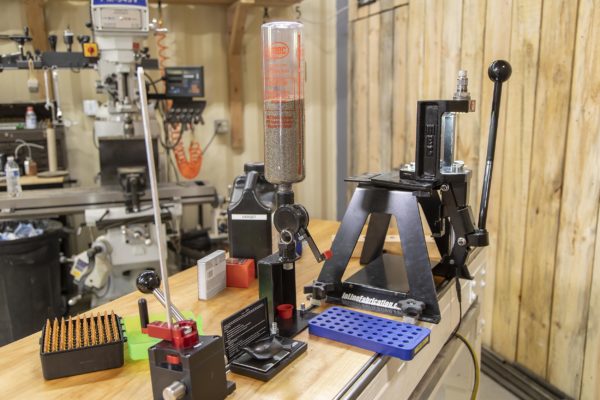
The tools and supplies needed for loading 223 and 5.56 are pretty much the same as for all rifle ammunition reloading. Here’s the typical list: (click/tap to enlarge)
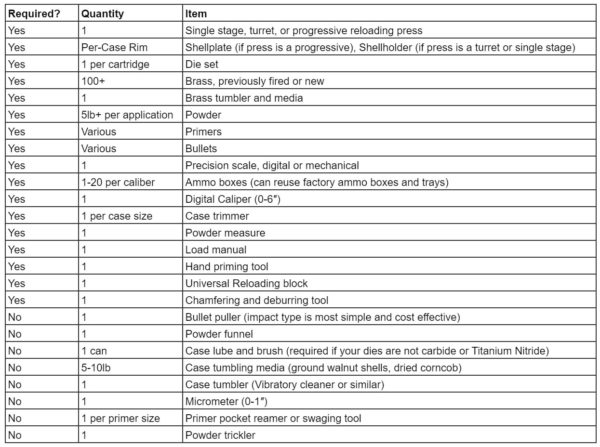
For more information on tools for Rifle Reloading, see my full article:
What you need to load rifle ammunition
And here are links for some of the reloading gear used in this video/article:
- MEC Marksman Reloading Press
- MEC Bench Powder Measure
- MEC Powder Trickler
- MEC Powder Scale
- Hornady 223 Remington Die Set
- Hornady Handbook of Cartridge Reloading
- Wilson 223 Remington Case Gauge
- Wilson 223 Remington Min-Dimension (Min-Chamber) Gage
- Dillon RL-550C Reloading Press
Competition Primer Seater
You can order your own CPS directly from Primal Rights:
Save 10% on ALL UFO Press Lights
If you need a UFO press light, I have good news! With the UR10 discount code, you can save 10% on any UFO press light at KMSSquared.com!
Reloading 223 / 5.56 End-To-End
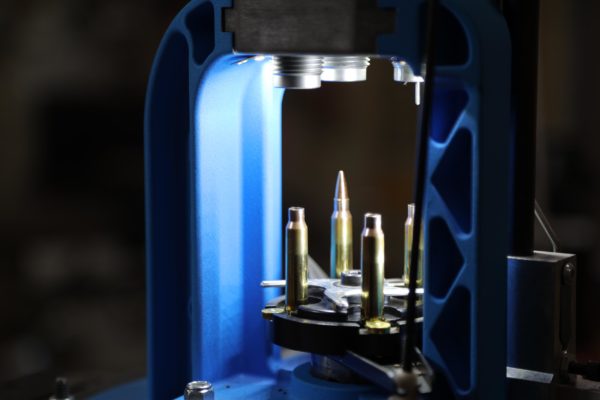
Here’s the end-to-end process as illustrated in the video with asterisks denoting important steps for 223/5.56:
- Clean cases
- Inspect cases
- Lube cases
- Size and De-Prime cases
- Check cases with case gage(s)
- *Swage/Ream primer pockets (if crimped)
- *Trim cases (if over length)
- Prime cases
- Charge cases
- Seat bullets
- *Crimp bullets (pay special attention if cannelured)
If you’re looking for absolute precision and/or simplicity, a single stage press or turret would be a great choice. If you want speed, definitely look into getting a progressive press!
For more information about the end-to-end reloading process for bottleneck rifle cartridges, refer to the following resources here on Ultimate Reloader:
- Reloading 7.62x39mm with Berry’s 123 grain Bullets
- Resources: Get Started Reloading
- Dillon RL-550C: Unboxing, Overview, Setup, Loading Rifle and Pistol Ammunition
- Precision 224 Valkyrie Reloading Start to Finish
- 224 Valkyrie Progressive Reloading on the RCBS Pro Chucker 7
Conclusion
I hope that you have good experiences reloading your own 223 and 5.56 ammunition! It’s very much worthwhile, and can help you achieve your shooting goals. If you have your own 223 and 5.56 reloading experiences and/or tips to share, please leave a comment!
Don’t miss out on Ultimate Reloader updates, make sure you’re subscribed!
Thanks,
Gavin
